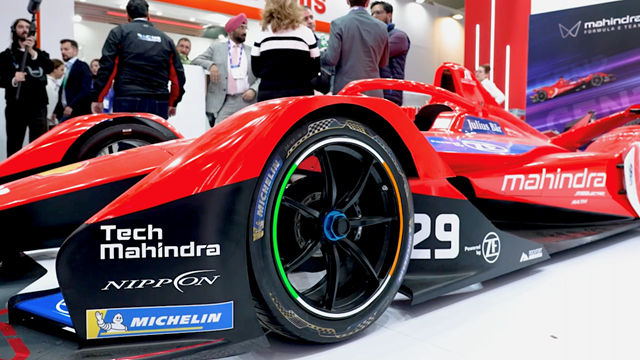Google has unveiled its latest ‘pure’ Android smartphone, the Nexus 5, developed with OEM partner LG. It runs the latest Android operating system, version 4.4 (KitKat), which will also be available to other manufacturers and for upgrade. What makes KitKat different from other Android releases – apart from the obvious visual and performance differences – is its size.
“Until now, some lower-end Android phones couldn't benefit from more recent Android releases due to memory constraints,” Sundar Pichai, SVP, Android, Chrome & Apps wrote on the company’s blog. “With KitKat, we've slimmed down Android’s memory footprint by doing things like removing unnecessary background services and reducing the memory consumption of features that you use all the time.”
As part of the KitKat release, Google launched Project Svelte, which it describes as “an effort to reduce the memory needs of Android” so that it can run on a much broader range of devices, including entry-level devices. From the kernel to system, frameworks, and apps, the Android team has reduced memory footprint and improved memory management so Android can run comfortably on only 512MB of RAM.
Phones with 512MB typically run the Gingerbread OS (version 2.3), which was released back in December 2010. It is estimated that 29 per cent of all Android devices out there still run on Gingerbread. In software terms, it’s ancient, and users are unable to benefit from the improved features of later versions of Android (which are too bulky and inefficient to run on devices with limited memory capabilities).
But it’s up to operators and device manufacturers to update their users’ phones over the air with KitKat 4.4 – Google can’t force them. The Android OS market is heavily fragmented and doesn’t benefit from the tighter control of iOS. On the other hand, there’s an argument to suggest that the latest software isn’t always the best match for older hardware, as many iPhone 4 owners will testify.
As for the Nexus 5 itself, the $349 unlocked smartphone contains the latest innovations that you would expect in a Nexus device – LTE, ultra fast wifi, 5” full HD display, optical image stabilisation, etc. But one feature in particular is attracting the attention of developers and mobile payment proponents – HCE.
HCE is Host Card Emulation, and the Nexus 5 is the first phone to support this (it’s part of KitKat though, so expect to see OEMs picking up on this). What it essentially means is that any Android 4.4. NFC device, on any network, could be used for mobile payments without needing access to a secure element usually found in a smart card, or a chip in the phone itself. The OS can emulate an ISO/IEC 7816 smart card that use the contactless payment protocol.
Google also intends that third-party apps will be able to manage payment information either in the cloud or on the device. Hopefully it will encourage greater use of NFC and Google Wallet.
Email Newsletters
Sign up to receive TelecomTV's top news and videos, plus exclusive subscriber-only content direct to your inbox.



